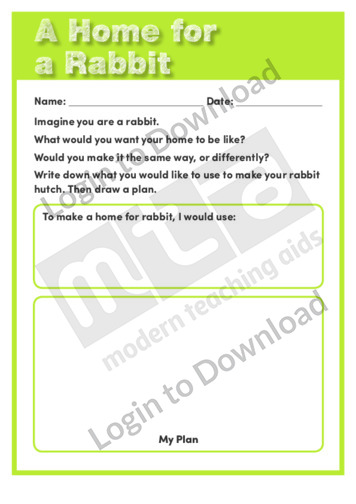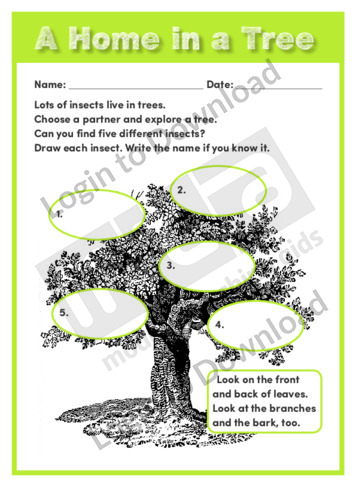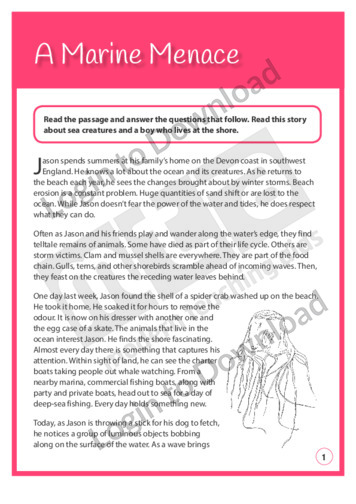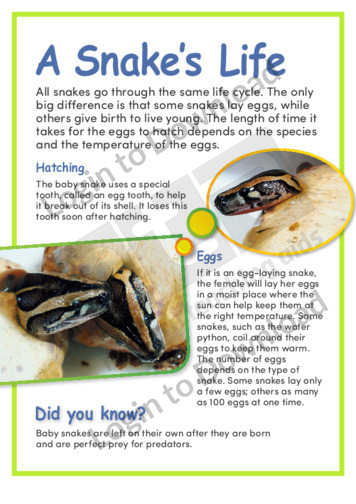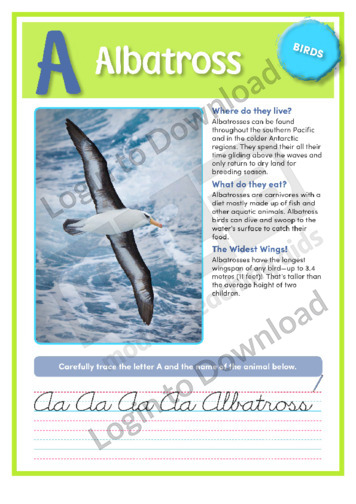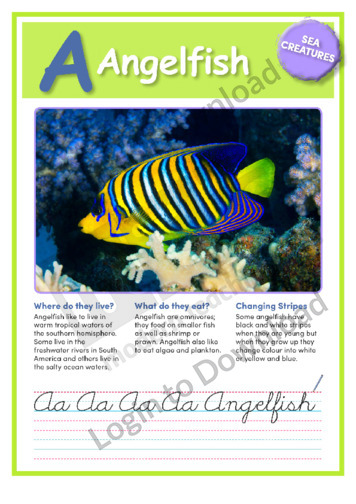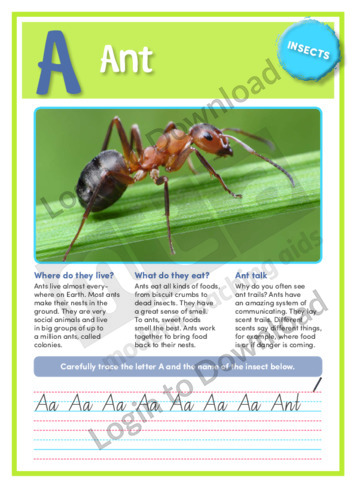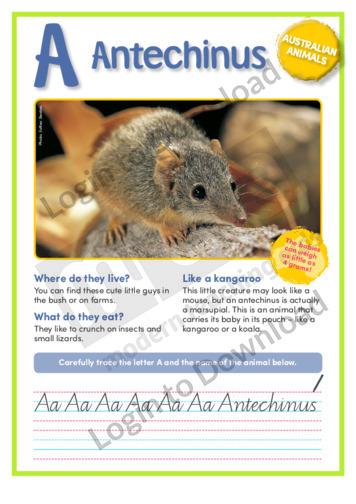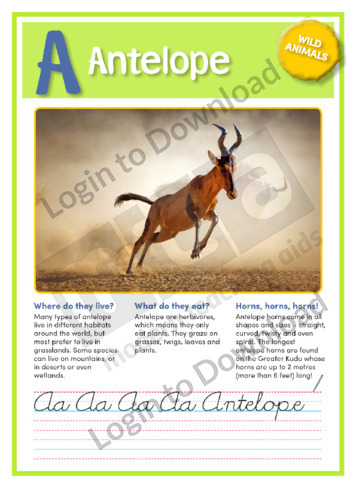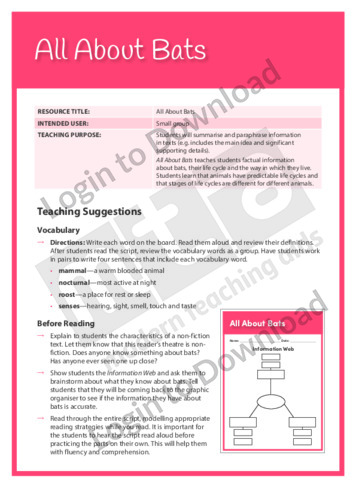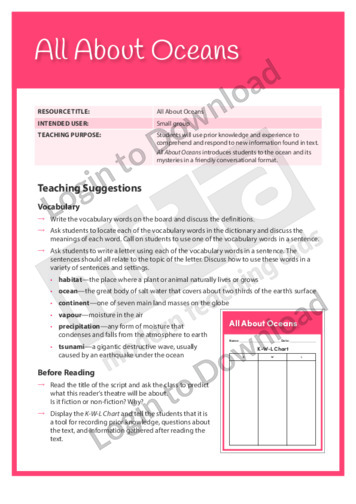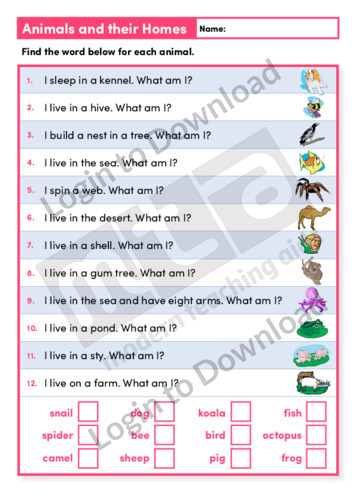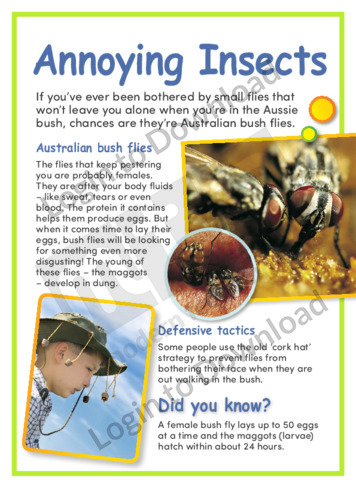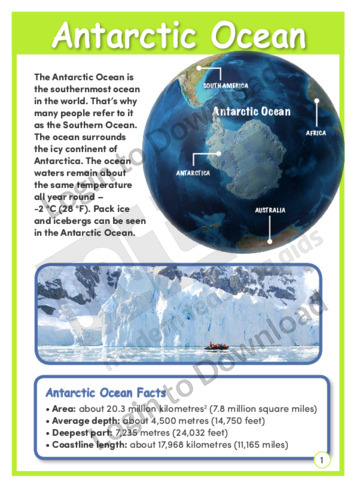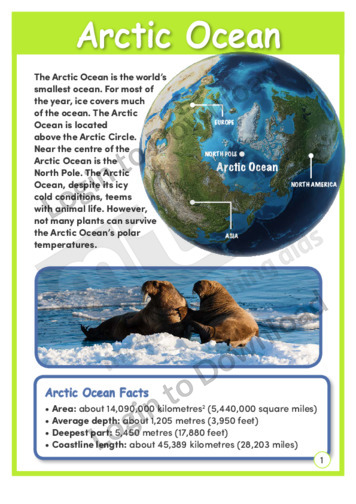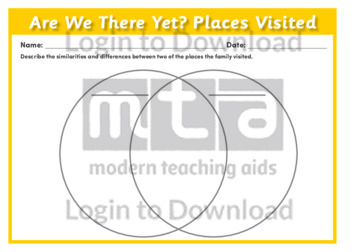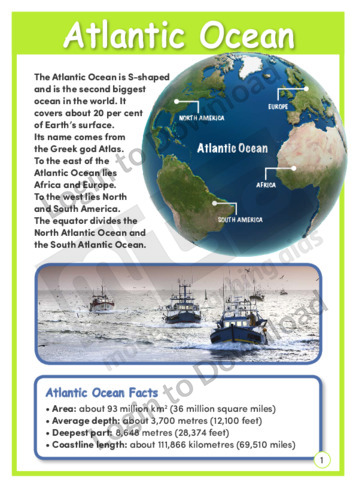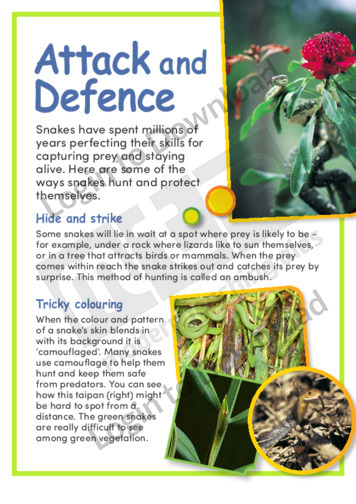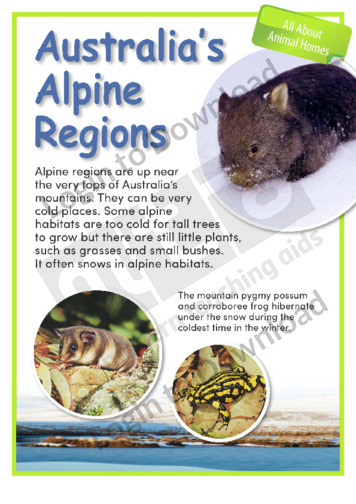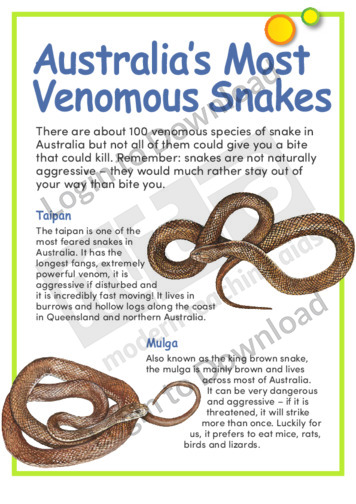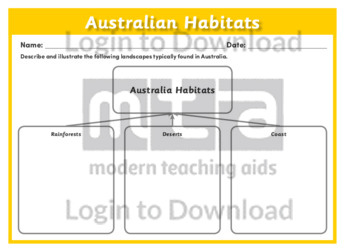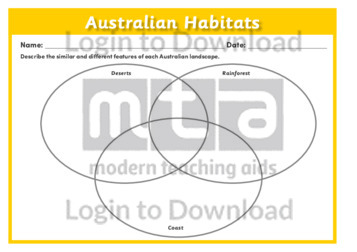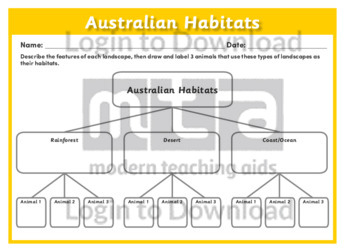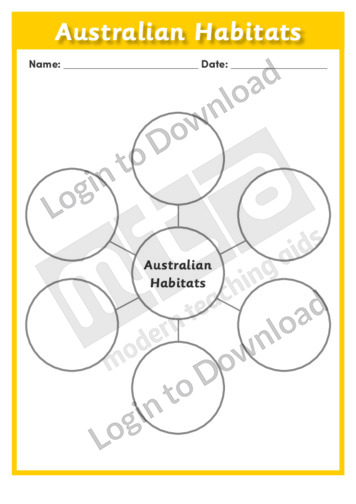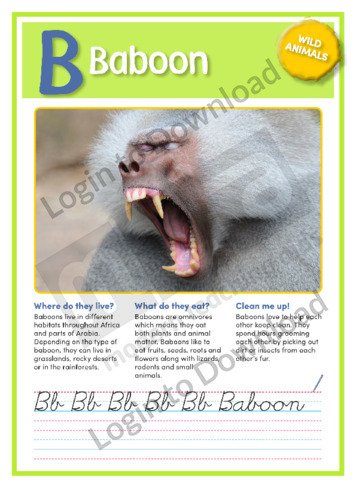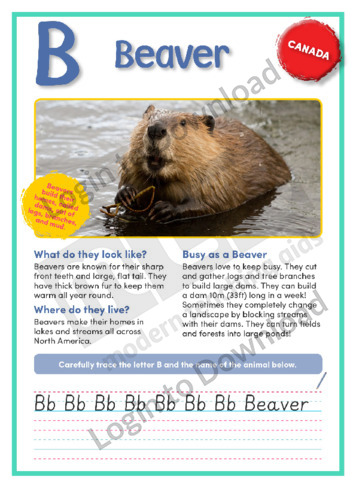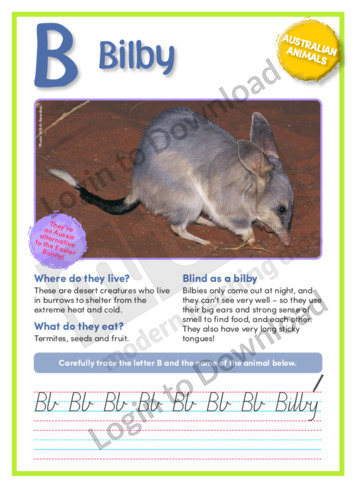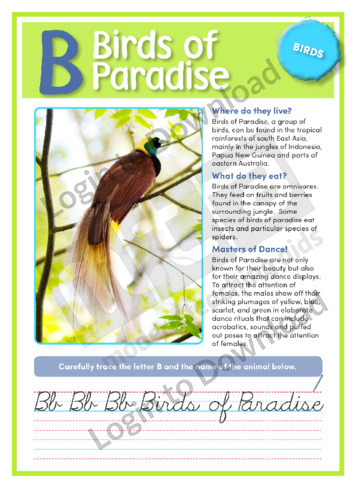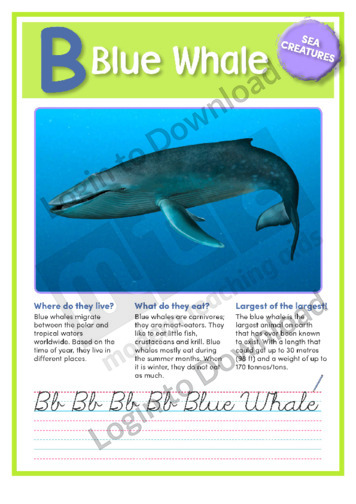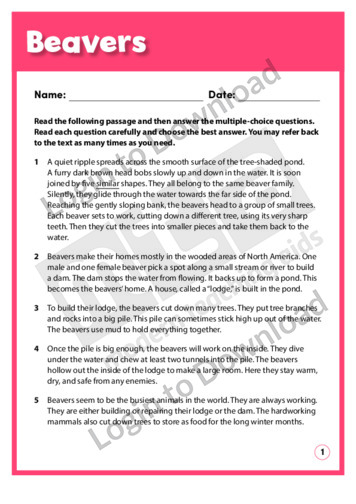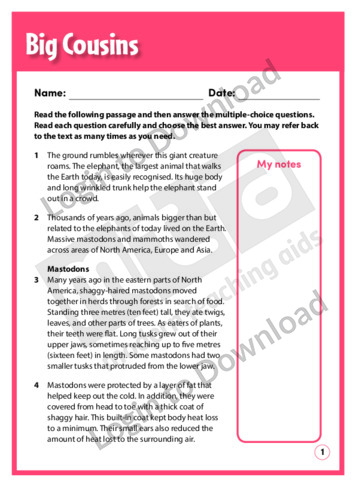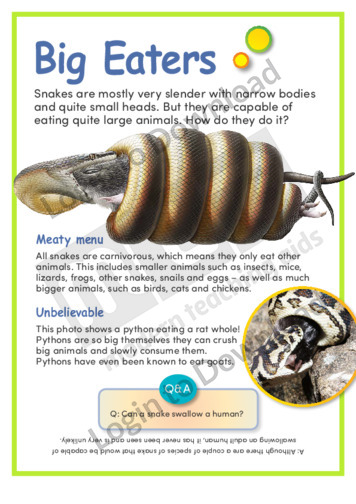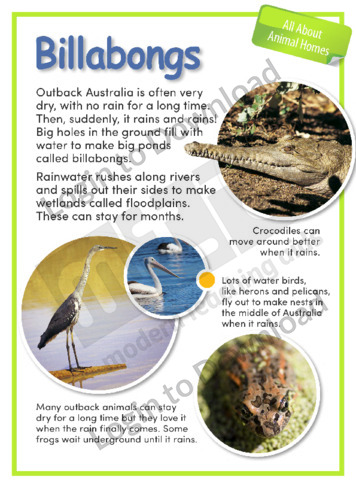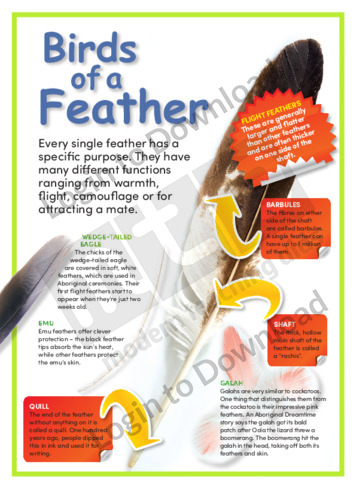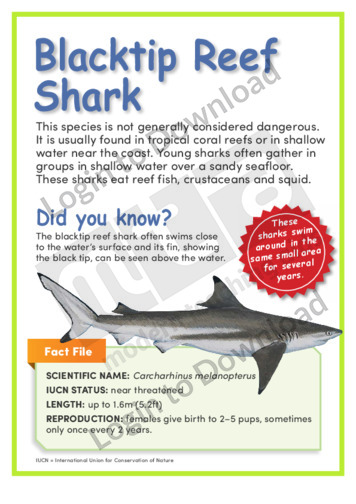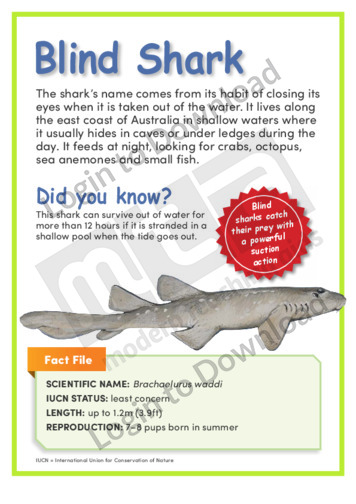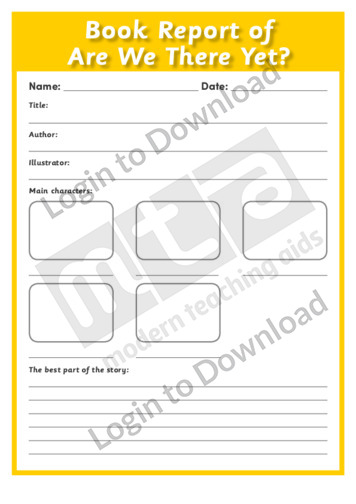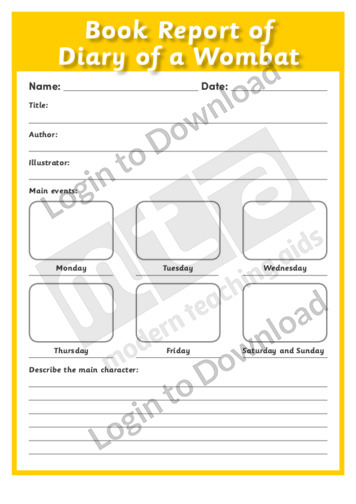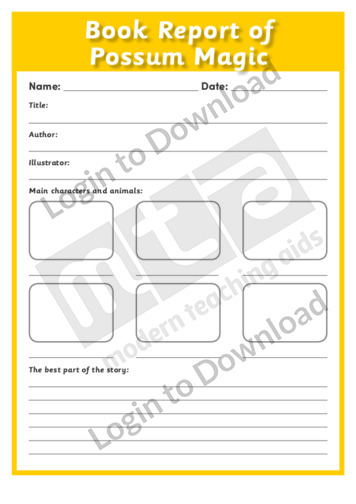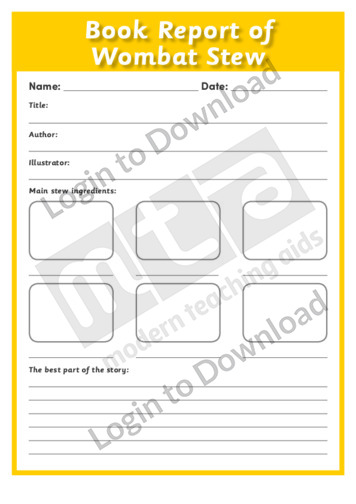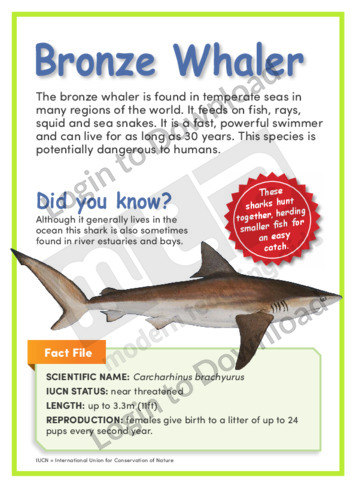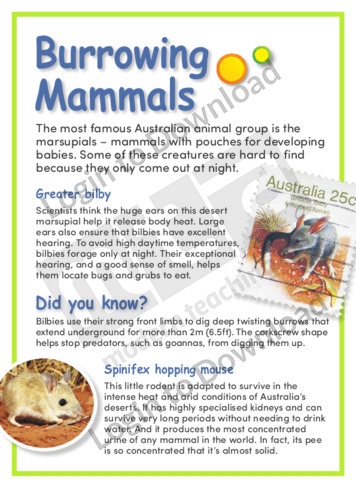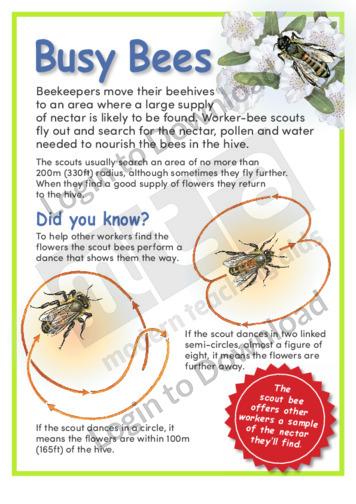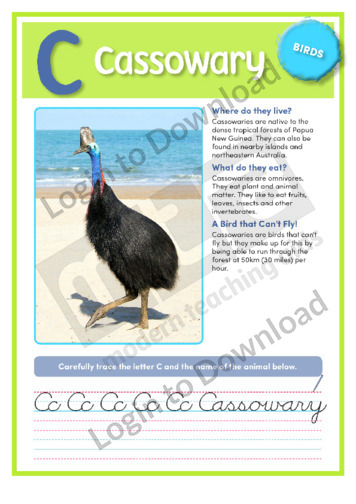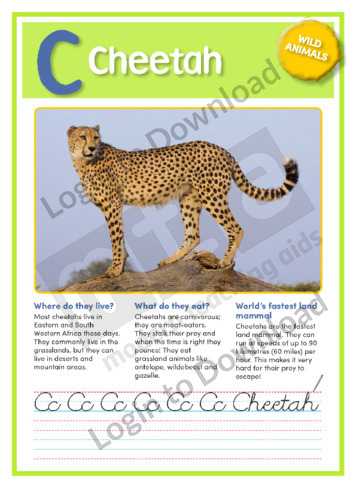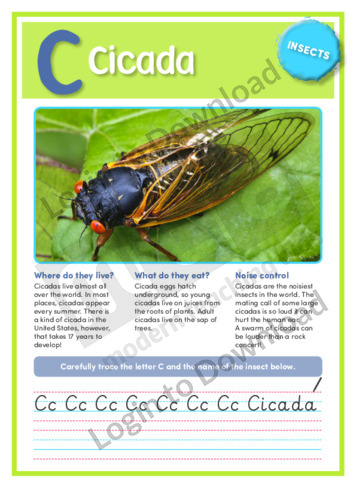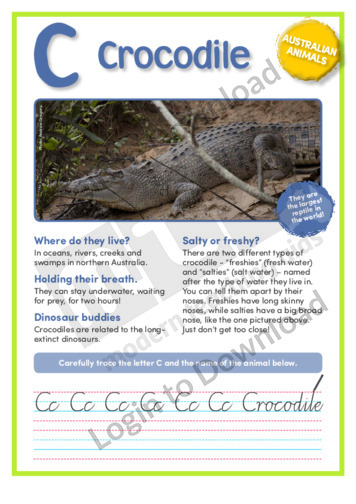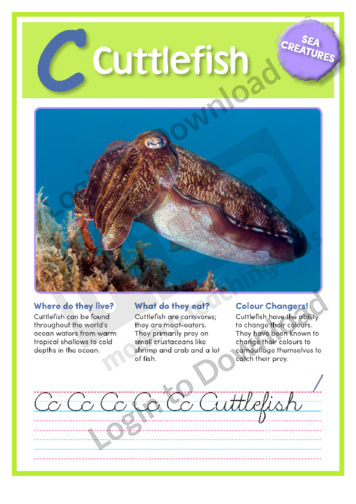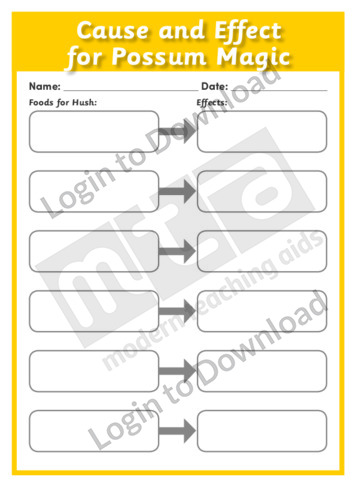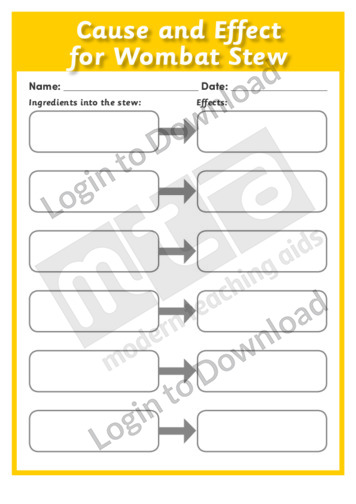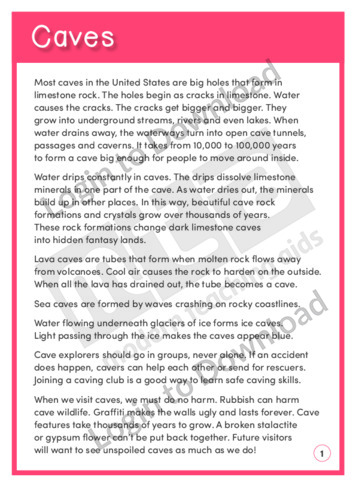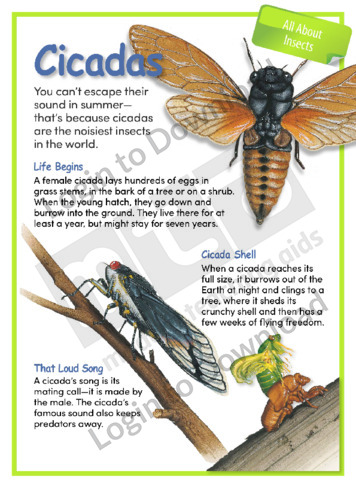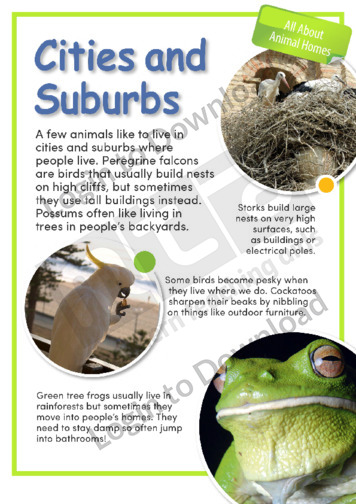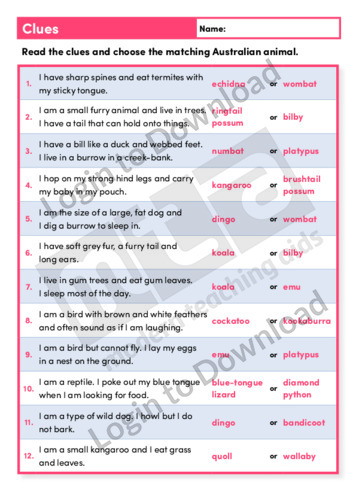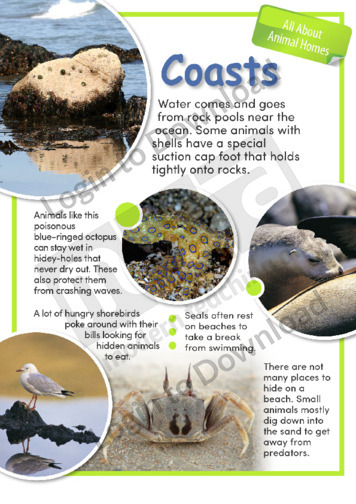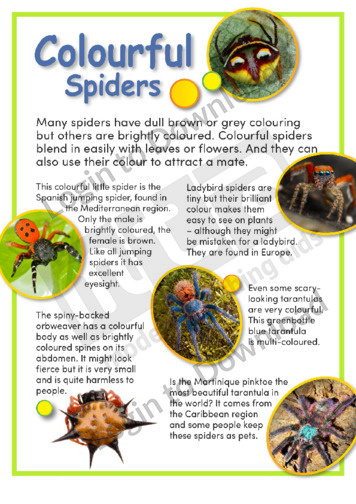This life science worksheet, ‘A Home for a Rabbit’ asks students to imagine and plan a different kind of home for a rabbit. It supports an understanding of animals and habitats.
This life science worksheet, ‘A Home in a Tree’ asks students to examine a tree to find insects that live in or on it. It supports an understanding of animal habitats.
This Reading Comprehension worksheet, ‘A Marine Menace’, features a narrative and informational text about a boy who is fascinated by ocean creatures, especially the deadly box jellyfish. It encourages students to use a variety of strategies to interpret the text and includes questions about mood, character, emotional reaction, fact/opinion, drawing a conclusion, detail, figurative language, …More
This article, ‘A Snake’s Life’ provides information about the life cycle of a snake as well as various physical characteristics. It also introduces students to various terms relating to the snake’s physical features. The text is supported by colourful and engaging photographs.
This short nonfiction text, ‘A: Albatross’ provides factual information about the Albatross, exploring where they live, what they eat and other interesting facts.
This short nonfiction text, ‘A: Angelfish’ provides factual information about the Angelfish, exploring where they live, what they eat and other interesting facts.
This short nonfiction text, ‘A: Ant’ provides factual information about the Ant, exploring where they live, what they eat and other interesting facts. The resource also provides a photo of the insect and guided handwriting practice that can be used to supplement the informational text.
This short nonfiction text ‘A: Antechinus’ provides factual information about the Australian animal the Antechinus.
This short nonfiction text, ‘A: Antelope’ provides factual information about the Antelope, exploring where they live, what they eat and other interesting facts.
This Readers Theatre activity, ‘All About Bats’ encourages students to summarise and paraphrase information in texts. It also builds reading fluency. This activity includes a script for 5 readers.
This Readers Theatre activity, ‘All About Oceans’ encourages students to use prior knowledge and experience to comprehend and respond to new information found in text. It also builds reading fluency. This activity includes a script for 7 readers.
This vocabulary activity, ‘Animals and Their Homes’ supports vocabulary development by encouraging students to use vocabulary related to animals and their habitats.
This article, ‘Annoying Insects’ provides information about the physical characteristics, habits, habitat, diet and life cycle of the Australian bush fly. It also introduces students to various terms relating to the fly’s habits and life cycle.
This science article, ‘Antarctic Ocean’ features different aspects of the Antarctic Ocean. It provides factual information about the animals that survive and thrive in the icy Antarctic waters and continent. It is aimed at broadening students’ scientific and geographical awareness in an engaging manner.
This science article, ‘Arctic Ocean’ features different aspects of the Arctic Ocean. It provides factual information about Arctic ice and animals of the Arctic. It is aimed at broadening students’ scientific and geographical awareness in an engaging manner.
This science article, ‘Atlantic Ocean’ features different aspects of the Atlantic Ocean. It provides factual information about icebergs, exploration and fishing. It is aimed at broadening students’ scientific and geographical awareness in an engaging manner.
This article, ‘Attack and Defence’ provides information about six different methods used by snakes to avoid danger or to catch prey (ambush, camouflage, threat display, active hunting, decoy, playing dead). It also describes habits, habitat and diet and introduces students to various terms relating to snakes’ habits. The text is supported by colourful and engaging …More
This article, ‘All About Animal Homes: Australia’s Alpine Regions’, describes different animals that live in Australia’s alpine regions. It provides factual information about these animals and includes colourful and engaging photographs.
This article, ‘Australia’s Most Venomous Snakes’ provides information about six species of venomous snakes found in Australia, their physical characteristics, habits and habitat and their venomous ‘rating’. It also introduces students to various terms relating to venomous snakes’ danger level. The text is supported by colourful and engaging photographs.
This article, ‘All About Animal Homes: Australian Deserts’, describes different animals that live in Australian deserts. It provides factual information about these animals and includes colourful and engaging photographs.
This short nonfiction text, ‘B: Baboon’ provides factual information about the Baboon, exploring where they live, what they eat and other interesting facts.
This geography article, ‘Beaver’, features factual information about this iconic Canadian animal. It is aimed at broadening students’ geographical and historical awareness in an engaging manner.
This short nonfiction text, ‘B: Bilby’ provides factual information about the Australian animal the Bilby.
This short nonfiction text, ‘B: Birds of Paradise’ provides factual information about the Birds of Paradise, exploring where they live, what they eat and other interesting facts.
This short nonfiction text, ‘B: Blue Whale’ provides factual information about the Blue Whale, exploring where they live, what they eat and other interesting facts.
This short nonfiction text, ‘B: Butterfly’ provides factual information about the Butterfly, exploring where they live, what they eat and other interesting facts. The resource also provides a photo of the insect and guided handwriting practice that can be used to supplement the informational text.
This article, ‘Beavers’ is a factual report about the appearance, habitat, and behaviours of beavers. It provides opportunities for students to practise vocabulary and comprehension skills. Answer sheet provided with file download.
This report, ‘Big Cousins’ describes prehistoric animals that were the ‘cousins’ of the elephant. It provides opportunities for students to practise vocabulary and comprehension skills. Answer sheet provided with file download.
This article, ‘Big Eaters’ provides information about the physical features of snakes that allows some of them to eat large prey, their varied diets, hunting methods and jaw structure. It also introduces students to various terms relating to snakes’ physical features and habits. The text is supported by colourful and engaging photographs.
This article, ‘All About Animal Homes: Billabongs’, describes different types of animals that make their homes in billabongs. It provides factual information about these animals and includes colourful and engaging photographs.
This article, ‘Bird Beds’, provides information about bird beds. It profiles different birds and their nests and features colourful and engaging illustrations.
This article, ‘Birds of a Feather’, provides information about feathers. It profiles different birds and their feathers and features colourful and engaging images.
This article, ‘Blacktip Reef Shark’, provides information about the physical characteristics, behaviour, habitat, diet and life cycle of this shark. A quick reference fact file includes scientific name and IUCN status. The text is accompanied by a large illustration of the shark.
This article, ‘Blind Shark’, provides information about the physical characteristics, behaviour, habitat, diet and life cycle of this shark. A quick reference fact file includes scientific name and IUCN status. The text is accompanied by a large illustration of the shark.
This article, ‘Bronze Whaler’, provides information about the physical characteristics, behaviour, habitat, diet and life cycle of this shark. A quick reference fact file includes scientific name and IUCN status. The text is accompanied by a large illustration of the shark.
This article, ‘Bull Shark’, provides information about the physical characteristics, behaviour, habitat, diet and life cycle of this shark. A quick reference fact file includes scientific name and IUCN status. The text is accompanied by a large illustration of the shark.
This article, ‘Burrowing Mammals’ provides information about the physical characteristics, habits, habitat and life cycle of the bilby and the spinifex hopping mouse. It also introduces students to various terms relating to the animals’ physical features. The text is supported by colourful and engaging photographs.
This article, ‘Busy Bee’, provides information about how bees gather nectar. It explains the co-operation between the bees in the hive and how they communicate. The text is supported by illustrations.
This short nonfiction text, ‘C: Cassowary’ provides factual information about the Cassowary, exploring where they live, what they eat and other interesting facts.
This short nonfiction text, ‘C: Cheetah’ provides factual information about the Cheetah, exploring where they live, what they eat and other interesting facts.
This short nonfiction text, ‘C: Cicada’ provides factual information about the Cicada, exploring where they live, what they eat and other interesting facts. The resource also provides a photo of the insect and guided handwriting practice that can be used to supplement the informational text.
This short nonfiction text, ‘C: Crocodile’ provides factual information about the Australian animal the Crocodile.
This short nonfiction text, ‘C: Cuttlefish’ provides factual information about the Cuttlefish, exploring where they live, what they eat and other interesting facts.
This reading comprehension activity, ‘Caves’ asks students to answer questions about different kinds of caves. It is aimed at increasing students’ awareness of semantics and encourages students to recall information and form opinions.
This article, ‘All About Insects: Cicadas’, provides information about cicadas. It features interesting facts about these noisy insects and includes colourful and engaging photographs.
This article, ‘All About Animal Homes: Cities and Suburbs’, describes different types of animals that make their homes in cities and suburbs. It provides factual information about these animals and includes colourful and engaging photographs.
This reading activity, ‘Clues’ provides opportunities for practice with identifying Australian animals from clues.
This article, ‘All About Animal Homes: Coasts’, describes different types of animals that make their homes on coasts. It provides factual information about these animals and includes colourful and engaging photographs.
This article, ‘Colourful Spiders’, provides information about brightly coloured spiders, their size, habitat and behaviour. Full-colour photographs illustrate some remarkable examples.
It�s that easy!

